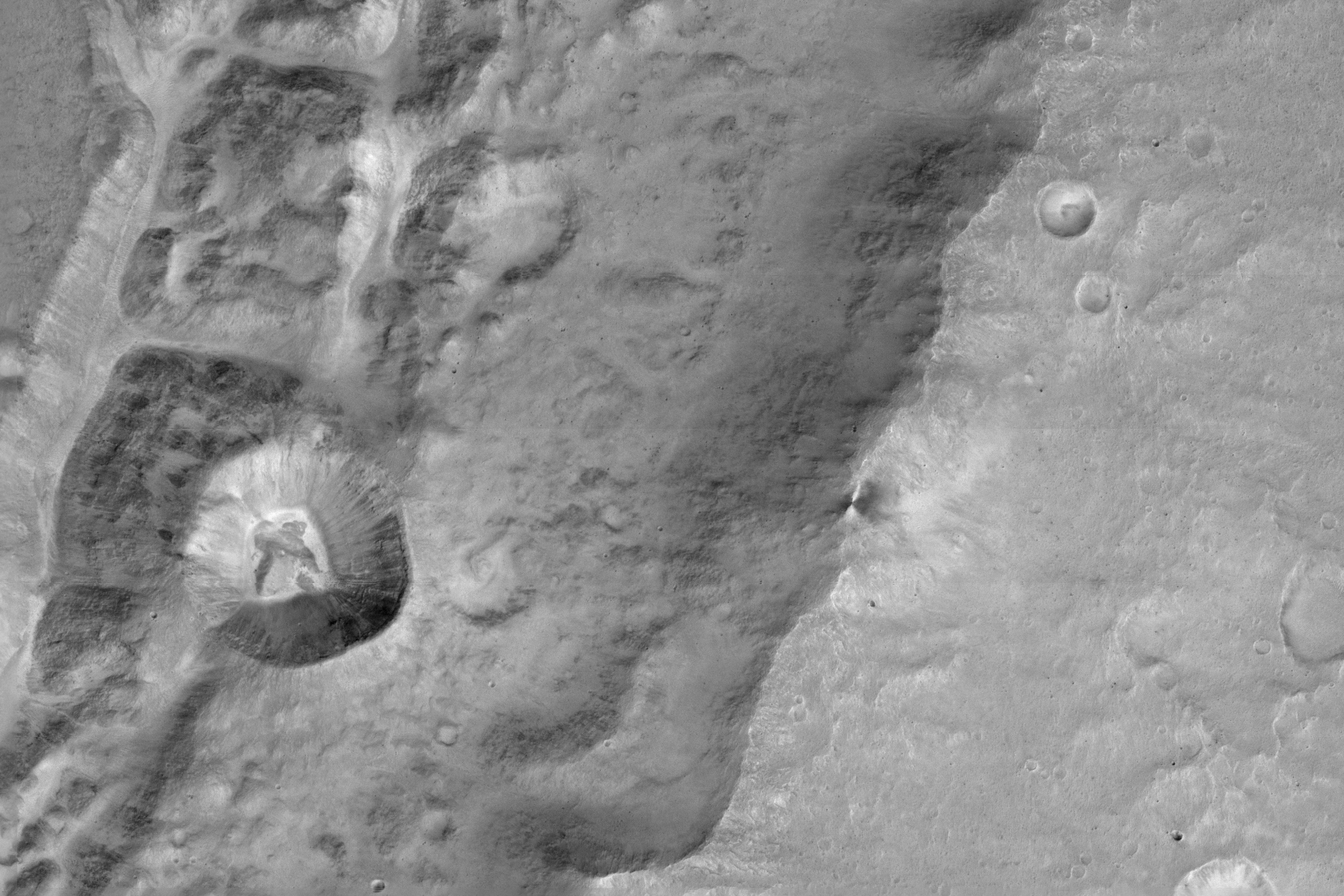This Tuesday, the mission from the European Space Agency (ESA), ExoMars, sent its first amazing images of the planet Mars.
The space probe used by the ESA it’s called the Trace Gas Orbiter (TGO) and was deployed in Mars on October 19. This probe is compound also by the Schiaparelli Module, the device in charge of entering the surface of the planet. However, this device crashed, and the communications team lost all connections with it.

Since the deployment, the TGO has been circling Mars in an elliptical form and will continue this way for the next year, approximately. Meanwhile, scientists managed a way to avoid wasting any time until the full experimentation and investigation begin.
With the use of the Colour and Stereo Surface Imaging System (CaSSIS), the TGO is capable of recollecting brilliant pieces of information of the Mars landscape. This system is designed to be extremely sharp and capture clear pictures.
“The first images we received are absolutely spectacular and it was only meant to be a test,” the CaSSIS team leader from the University of Bern’s Center of Space and Habitability, Nicholas Thomas, said in a statement this Tuesday.
This newly gathered information will allow the scientists from the European Space Agency to make the 3D mapping of Martian surface. Right now, the TGO orbits Mars completely in about four days, at the height of 155 miles from the ground. The first test of the imaging system could collect 11 pictures, and set some ground to future examinations.

The Exomars Mission
The ExoMars Mission is a collaboration between the European Space Agency and the Russian Space Agency, Roscosmos. The primary objective of this mission is to search for any kind of evidence regarding past or present life on planet Mars. The principal object of investigation is biosignature evidence, which is any substance that could prove an organic behavior.
Also, this mission will try to explain the water and geochemical distribution, study the surface environment and investigate the inner core to a better understanding of Mars evolution and development.
For this, the mission launched their first satellite on October 19 and expects to launch a second one in 2020. In the first launch, it was included the Trace Gas Orbiter that is operating right now, and the Schiaparelli Module that crashed on landing. The second launch will include a rover with the incorporation of a drill to do a variety of tests to Martian surface.
These two satellites are designed to be sterilized to avoid any contamination on the natural composition of Mars. Also, before they leave, they will perform cleaning mechanisms such as ionizing and UV radiation and the use of chemicals like ethyl and isopropyl alcohol.
NASA was the first agency that was interested in performing this mission in 2012 alongside the ESA, but due to significant budget cuts, the plans didn’t succeed. After this, the European Agency looked for another partner and found Roscosmos. The Russian Agency provide the mission with launch vehicles, surface platforms for the rovers and other contributions.
Source: ESA
